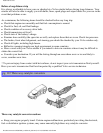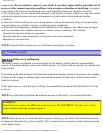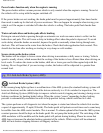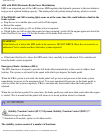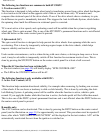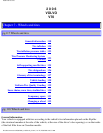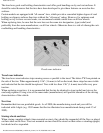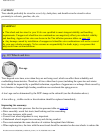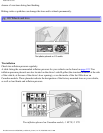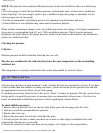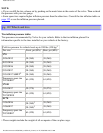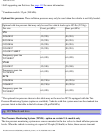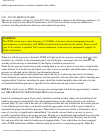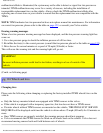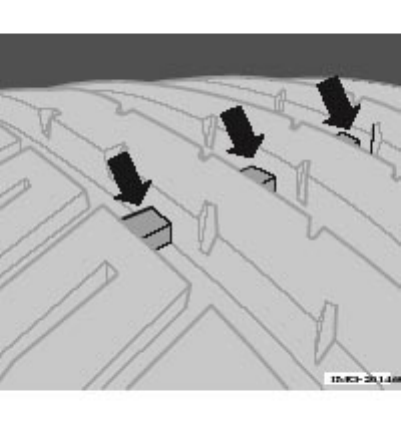
2006 VOLVO V70
The tires have good road holding characteristics and offer good handling on dry and wet surfaces. It
should be noted however that the tires have been developed to give these features on snow/ice-free
surfaces.
Certain models are equipped with "all-season" tires, which provide a somewhat higher degree of road
holding on slippery surfaces than tires without the "all-season" rating. However, for optimum road
holding on icy or snow-covered roads, we recommend suitable winter tires on all four wheels.
When replacing tires, be sure that the new tires are the same size designation, type (radial) and
preferably from the same manufacturer, on all four wheels. Otherwise there is a risk of altering the car's
roadholding and handling characteristics.
Tread wear indicator
Tread wear indicator
The tires have wear indicator strips running across or parallel to the tread. The letters TWI are printed on
the side of the tire. When approximately 1/16" (1.6 mm) is left on the tread, these strips become visible
and indicate that the tire should be replaced. Tires with less than 1/16" (1.6 mm) tread offer very poor
traction.
When replacing worn tires, it is recommended that the tire be identical in type (radial) and size as the
one being replaced. Using a tire of the same make (manufacturer) will prevent alteration of the driving
characteristics of the vehicle.
New tires
Remember that tires are perishable goods. As of 2000, the manufacturing week and year will be
indicated with 4 digits (e.g. 1502 means that the tire illustrated was manufactured during week 15 of
2002).
Storing wheels and tires
When storing complete wheels (tires mounted on rims), they should be suspended off the floor or placed
on their sides on the floor. Tires not mounted on rims should be stored on their sides or standing upright,
but should not be suspended.
file:///K|/ownersdocs/2006/2006_V70/06v70_07.htm (2 of 21)12/30/2006 4:50:31 PM




